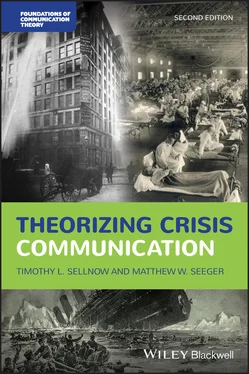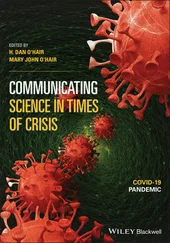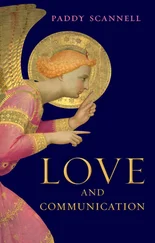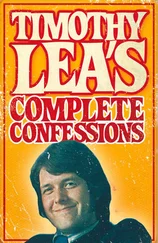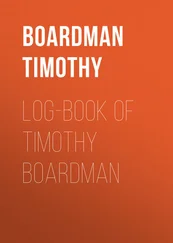Another distinction sometimes made between theories is logical positivist versus social constructivist approaches. These approaches represent two philosophical orientations and tend to be associated with different methodological stances. Logical positivism is a rational approach to human behavior that follows empirical assumptions. According to this approach, the truth or accuracy of a statement lies in its ability to be empirically verified. Logical positivists believe in a material reality that can be measured and verified through empirical observation. They seek more law-like relationships in their efforts to understand behavior. In contrast, constructivists or social constructivist approaches typically favor more qualitative approaches and argue that much of meaning is socially constructed through perception, interaction, and language. For the students of theory, it is important to understand that these philosophical stances underlie various propositions and influence how the propositions are formulated. Both approaches are represented in theories of crisis communication.
Theories may also be described as specialized, narrow, or grand. A specialized theory is a narrow proposition designed for a very limited application or circumstance. Most crisis theories are relatively specialized formulations developed to explain specific phenomena. A grand theory is a formulation that seeks to describe and explain a much broader range of phenomena. These theories are appealing in that they have the potential to unify many more limited theories and create an overall picture of the phenomenon under investigation. Chaos theory, with very wide-ranging application as described in Chapter 6, is one such theory. While chaos theory explains a great deal, it falls short of being a grand theory in that it does not create a complete understanding of any one phenomenon. When a set of propositions becomes general and abstract, it is called a paradigm. “A paradigm can be viewed as a set of basic beliefs (or metaphysics) that deals with ultimates or first principles” (Guba & Lincoln, 1994, p. 107). It is a mental window or worldview that specifies elements, relationships, and assumptions. According to Kuhn (1962), a paradigm can also be described as a “coherent set of concepts, principles, assumptions, and basic axioms that have come to be accepted by a sufficiently significant number of researchers or practitioners in the field” (cited in Dills & Romiszowski, 1997, p. xi). Probably the most popular paradigm in communication research is systems theory, which outlines the general dynamic homeostasis that characterizes the relationship between supra systems, systems, and subsystems (Bertalanffy, 1950). According to systems theory, various forms of feedback maintain stability by regulating the operation of systems. As a paradigm, systems theory is too general to generate specific testable hypotheses. Nonetheless, it has been widely influential in the formulation of other theories.
Theories are also sometimes described as emergent when they are in the early stages of development. As propositions are offered, tested, refined, and critiqued, more scholars may find they have utility. When this happens, theories typically reach some level of development where they are no longer emergent but represent mainstream sets of ideas that have been agreed upon and accepted as useful. Grounded theory is a qualitative approach designed to lead to the emergence of new theories. Rather than following the traditional approach of beginning with a theory and testing its propositions through the collection of data or observations, this approach begins with data and allows the propositions to emerge (Glaser & Strauss, 1967). Observations are coded, concepts are developed, observations are categorized, and theoretical propositions are then generated.
Finally, theories themselves may be loosely grouped or categorized by similar characteristics in form, function, or area of explanation. These families of theories, such as developmental theories, mass communication theories, or theories of warning, typically focus on similar issues or phenomena. In doing so, they comment on one another and create a richer, more complete understanding of the area being examined. Often within a family of theory there are conflicting and competing formulations and research is required to sort out which is the most useful explanation. Image repair theories of crisis are a family of related theories that, taken together, provide a rich perspective to explain how organizations respond to crises. Various theories of warning address the challenges of disseminating messages about impending risks under conditions of uncertainty that will motivate people to take appropriate action.
As we noted earlier, theory can be understood broadly as a set of tools, but all tools are not equally effective. Some tools are better matched to some applications. It is common for theories to be applied in contexts for which they were not initially designed. In other cases, the theory is not well matched to the phenomenon it is designed to explain. Sometimes a theory fails to account for new developments, such as changes in technology or in social structures, and is no longer useful.
Some theories, for example, are complex and thus cannot be easily understood or applied. The common criticism that theory does not work in the real world is usually due to overly complex sets of propositions, perhaps characterized by jargon and too many exceptions and caveats. Simplicity is one characteristic of a good theory. Simple theories are easier to understand and apply. Related to simplicity is the idea that a theory should be parsimonious, efficient in explaining as much as possible with few propositions and with wide application. Some highly parsimonious theories, such as chaos theory described earlier, have explanatory utility in both the physical and the social sciences. The most parsimonious of theories is the grand theory, which for most fields remains an elusive goal. Because theory is essentially a tool, it should also be useful, not only in generating and informing research but in guiding practice. This is another reason for constructing simple and straightforward theory. Theories should be dynamic in a way that allows them to develop, expand, and grow to accommodate new understandings and insights. In this way, a theory has much greater longevity.
Heurism is the ability of a theory to generate new ways of thinking, understanding, and, ultimately, generating research. Sometimes, theories capture the imagination of researchers and entirely new bodies of knowledge are created. They are often replaced by new frameworks that go beyond the initial formulation and are seen as having more explanatory potential. Finally, theory should be structured in such a way that it can be tested. We noted earlier that a theory can never be proven true or accurate. It is possible, however, to prove a theory false. This characteristic of falsifiable is a critical component of any theory that has as a goal generating research.
Theory and theory building are expressions of our natural inquisitiveness and creativity. Humans have an instinctive drive to explain and understand; in this sense we are all theory builders and users. People who have experienced a crisis often feel an intense need to ensure that such an event never happens again. Explanation and understanding are part of that process. Interestingly, communication of the experience or sharing the story of the crisis is often part of the process. These stories help others learn and make sense of the event. Crises, however, are anomalous events and generate high levels of uncertainty about what is happening, why, and what should be done. Theory is particularly appropriate in these contexts for informing decisions and actions. Beyond this, however, theory helps build a more comprehensive understanding of crises: how they develop, what role they play, and how they can be managed.
Читать дальше
